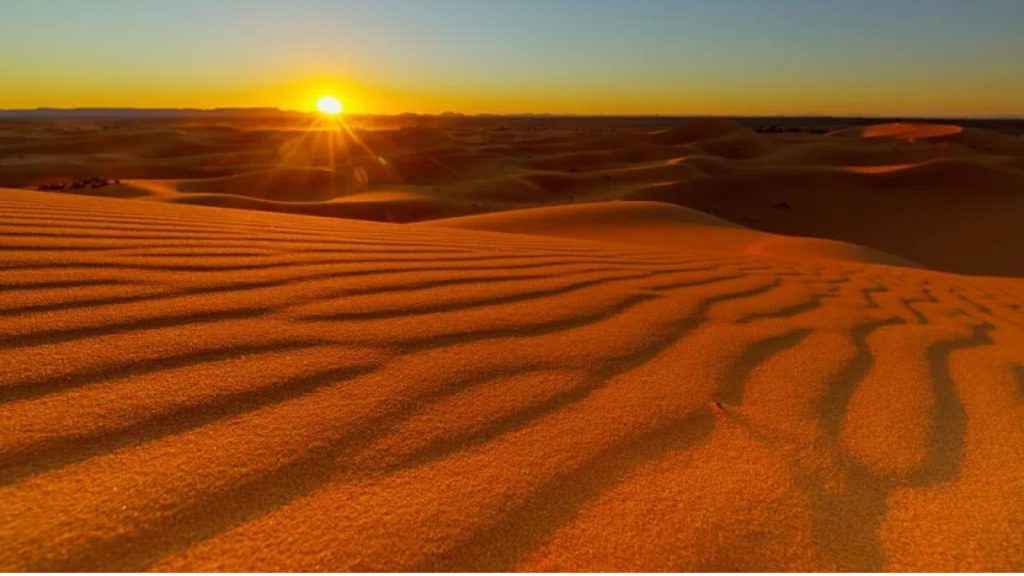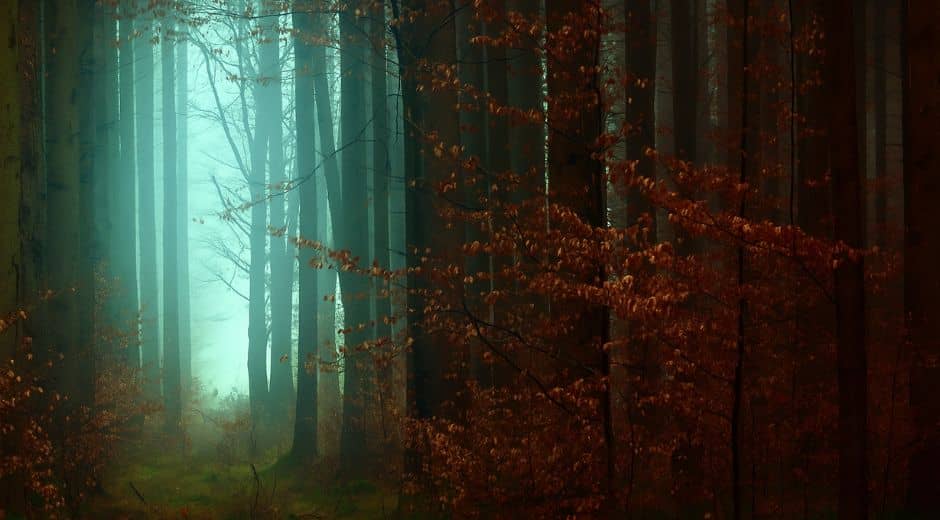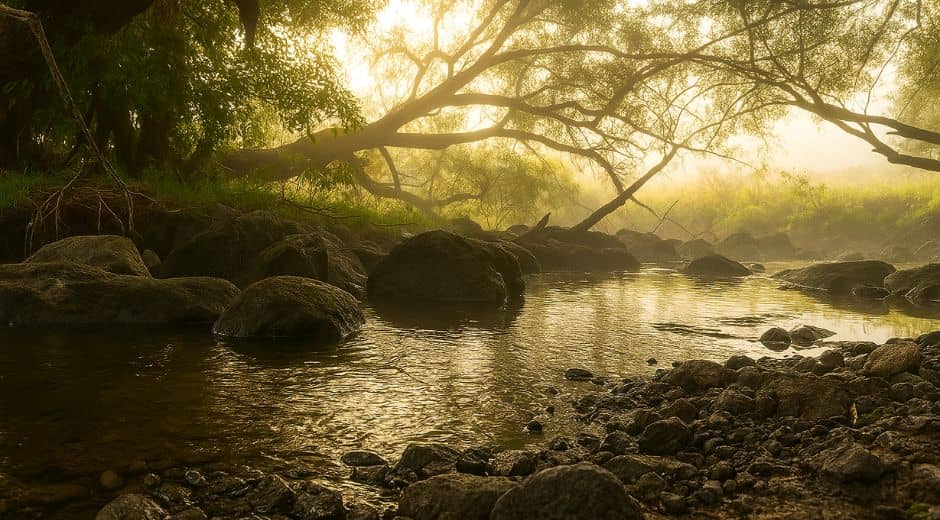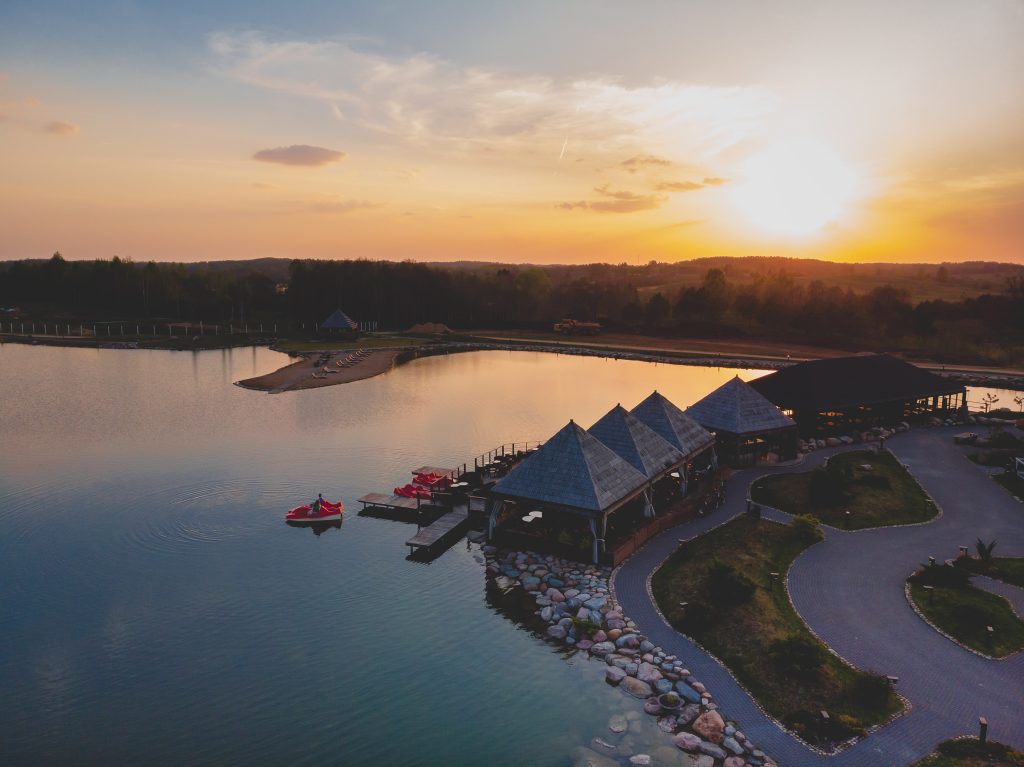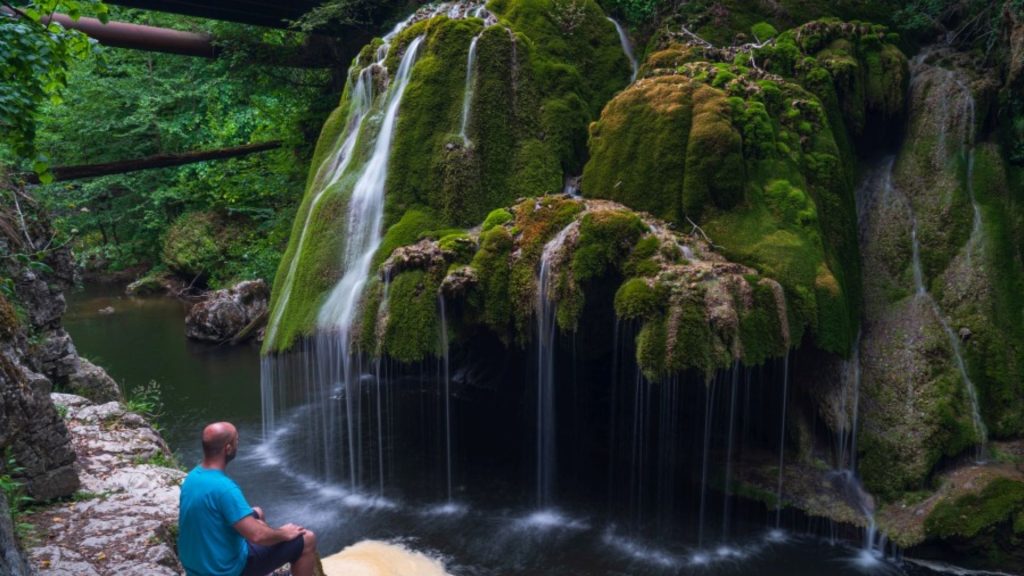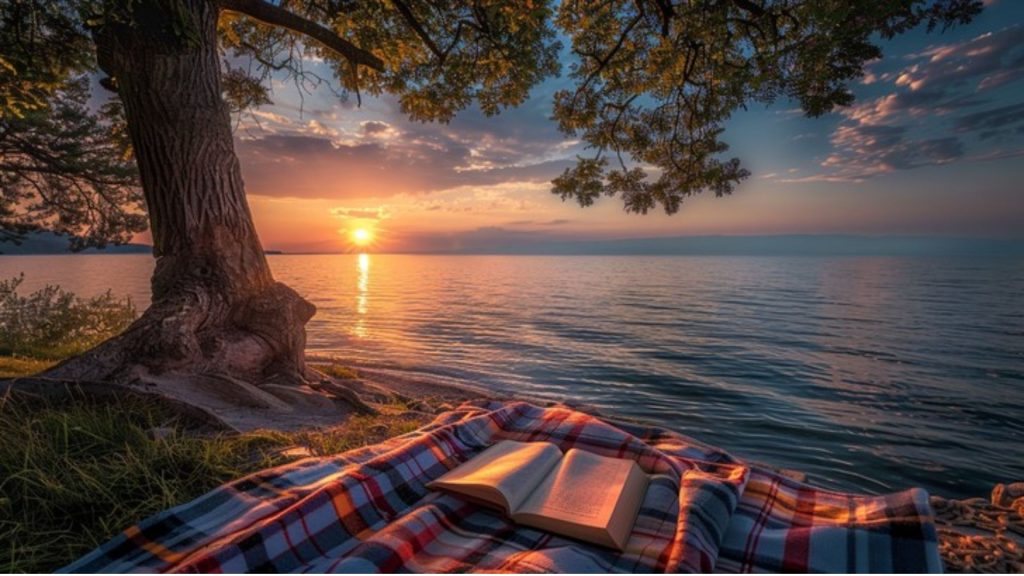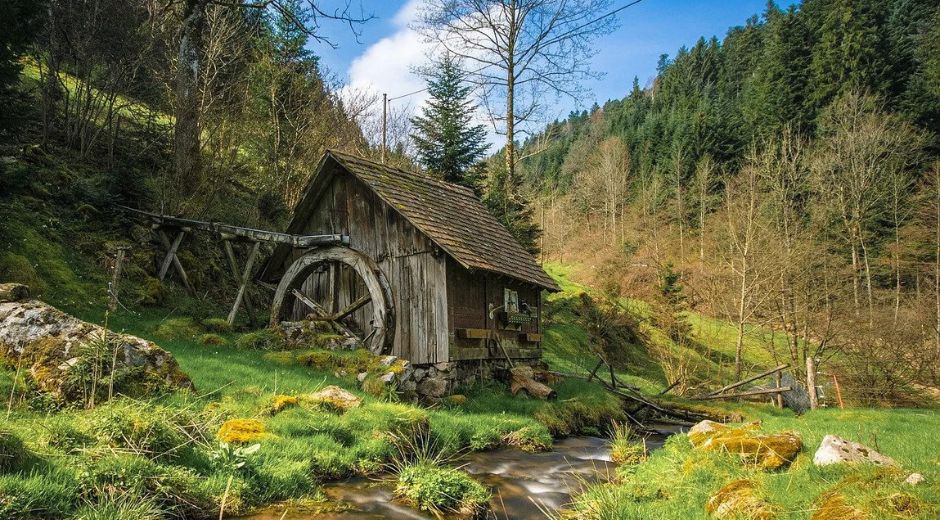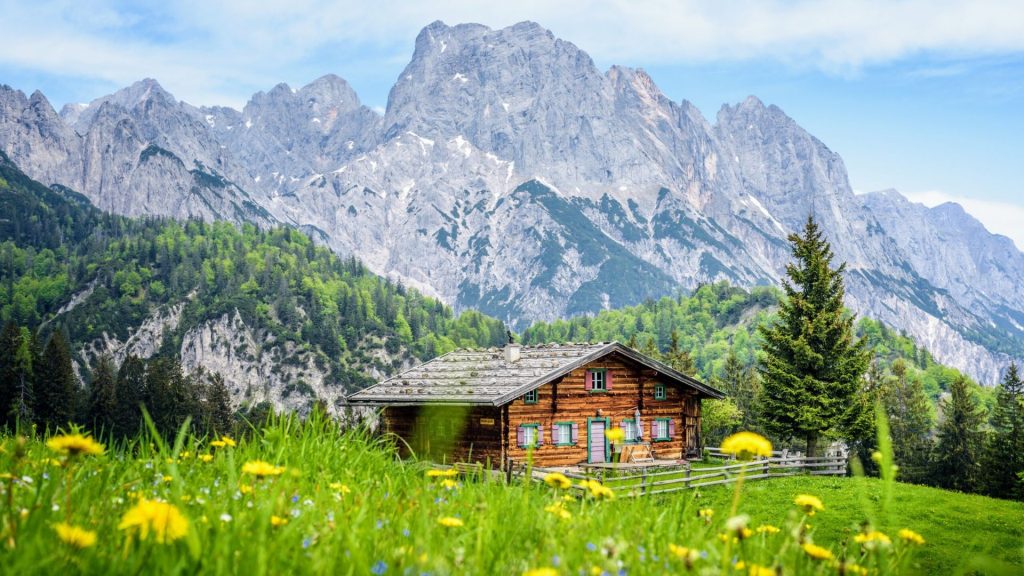Sunrise to Sunset: Chasing the Light Across Desert Landscapes
Sunrise to Sunset: Chasing the Light Across Desert Landscapes
There’s a special kind of magic in the desert — one that changes minute by minute, Sunrise to Sunset. The vast, open sands, shifting dunes, and endless skies reveal an ever-evolving story of color, survival, and serenity. For travelers seeking solitude and a deeper connection with the planet’s rawest beauty, the desert offers one of nature’s most poetic journeys — one that begins with the first ray of dawn and ends beneath a galaxy of stars.
The Golden Hour: Awakening the Desert
When dawn breaks, the desert awakens in silence. The light creeps across the dunes, illuminating every curve and crest in shades of gold and amber. From Sunrise to Sunset, the desert’s drama is written in light — and nowhere is that story more vivid than in the early hours of the day.
At this hour, foxes retreat to their burrows, nocturnal beetles hide beneath cool sand, and the first traces of heat shimmer across the horizon. For photographers and nature lovers, the dawn moment captures more than a landscape; it reveals a living organism that breathes, shifts, and transforms with every ray of light.
If you’re planning your own dawn expedition, you can find inspiration and travel tips from resources like Trip Beyond Travel, which showcases some of the most breathtaking sunrise spots around the globe.
Life Between the Dunes
The desert may appear empty, but it’s teeming with life. From the fennec fox of the Sahara to the blooming cactus of the Sonoran Desert, every species has adapted to extreme survival. These adaptations unfold beautifully from Sunrise to Sunset, when the desert temperature can fluctuate more than 30 degrees in a single day.
Tiny lizards use the cool of the morning to hunt for insects, while birds of prey soar high above looking for movement in the sand. By mid-day, much of this life retreats underground, escaping the heat that can exceed 45 °C. Understanding this rhythm of survival is essential to appreciating the delicate balance that defines desert ecosystems.
For those passionate about wildlife and conservation, Bio Nature Vista offers in-depth insights into how these fragile environments sustain such diverse species despite harsh conditions.
The Heat of the Day: A Test of Endurance
By noon, the desert becomes a furnace. The sands glow white and orange, and mirages blur the horizon. It’s during this time that travelers feel the full intensity of the sun’s presence — the part of the Sunrise to Sunset journey that demands respect and preparation.
Carrying plenty of water, wearing light-colored breathable fabrics, and taking regular breaks under rare patches of shade are essential practices for any desert explorer. The extreme heat challenges not only the body but also the mind — testing endurance, patience, and one’s ability to appreciate the stillness of nature.
Yet, there is an unparalleled beauty in this intensity. From Sunrise to Sunset, the desert strips away distractions and invites introspection. Many travelers describe the midday desert as a spiritual space — a natural cathedral built of silence and sand.
Chasing Shadows: The Changing Colors of the Afternoon
As the day progresses, shadows grow longer, and the dunes shift into darker tones of red and copper. The desert’s transformation during the late afternoon is mesmerizing. Each step you take creates new patterns in the sand, while the wind reshapes the landscape in real time.
This part of the Sunrise to Sunset experience highlights the transient nature of the desert — nothing ever stays the same. Even landmarks like ridges or rock formations seem to move as the sun lowers and shadows dance across their faces.
For travelers documenting their journeys, the afternoon light provides unparalleled opportunities for photography. Every color, texture, and reflection becomes a work of art — a reminder that nature remains the greatest artist of all.
To see more about how travelers capture these moments in motion, explore Zoopora, where stories of wild landscapes come to life through words and imagery.
The Desert Sunset: Fire in the Sky
When the sun begins to descend, the desert enters its most breathtaking phase. The sky ignites in a symphony of oranges, purples, and pinks. The final act of Sunrise to Sunset feels both eternal and fleeting. It’s a reminder that every day, no matter how ordinary it may seem, ends with a masterpiece written in light.
Animals emerge once again as temperatures drop — owls begin their hunt, and jackals move across the dunes in search of food. The air cools, carrying the scent of dry grass and mineral dust. Many travelers describe this moment as the “heartbeat of the desert,” a peaceful pause between day and night.
If you’re chasing these vivid sunsets, destinations such as Namibia’s Sossusvlei or the Wadi Rum Desert in Jordan are among the most stunning places on Earth to experience the full Sunrise to Sunset cycle.
Nightfall: A Sky Full of Stars
When darkness finally falls, the desert reveals another secret — a night sky untouched by pollution, glowing with millions of stars. The constellations seem close enough to touch, and the silence becomes even deeper. Though the Sunrise to Sunset journey has ended, the desert continues to mesmerize through the night.
Camping under the desert stars is one of the most profound experiences a traveler can have. It’s here, in the vast openness, that one can reflect on humanity’s place within the natural world. From the Sahara to the Atacama, the desert’s nights have inspired poets, astronomers, and adventurers for centuries.
Sustainable Exploration: Respecting the Desert’s Fragile Beauty
Exploring from Sunrise to Sunset also means taking responsibility for the fragile ecosystems we visit. Desert environments are slow to recover from damage — a single footprint can last for years. Practicing eco-friendly travel ensures that these landscapes remain untouched for future generations.
Stick to designated trails, avoid disturbing wildlife, and support conservation-based tourism. As highlighted on Bio Nature Vista, sustainable travel practices not only preserve habitats but also enrich your personal connection to nature.
Likewise, Trip Beyond Travel features stories from explorers who embrace responsible tourism and showcase how respectful engagement with the natural world enhances the travel experience.
From Light to Memory
Every journey from Sunrise to Sunset leaves a mark — not on the land, but in the traveler’s heart. The desert teaches patience, resilience, and awe. It’s a landscape that thrives in extremes, where time slows, and light becomes the ultimate storyteller.
Whether you’re standing on a dune at dawn, walking under the blazing sun, or watching the stars from your tent at night, you realize that the desert isn’t empty — it’s alive with lessons waiting to be discovered.
So, pack lightly, tread gently, and let Sunrise to Sunset guide you through the world’s most mesmerizing wilderness.
Wildlife Behavior Curiosity

Training and Trust: Building a Stronger Bond with Your Pet
Discover why biodiversity is vital for ecosystems, climate balance, and human survival, and how conservation protects life’s intricate web.

Biodiversity: The Foundation of Earth’s Living Systems
Discover why biodiversity is vital for ecosystems, climate balance, and human survival, and how conservation protects life’s intricate web.

Adaptation: How Animals Evolve to Survive Changing Worlds
Explore how adaptation helps animals survive climate shifts, predators, and new environments, revealing nature’s incredible resilience.
